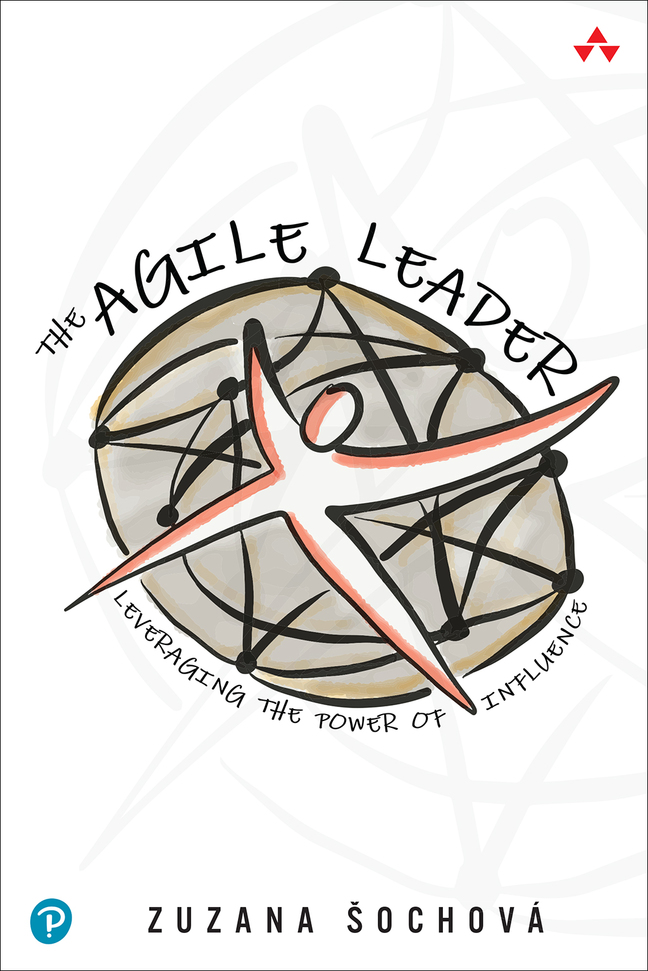People mostly believe that agility needs to start top-down and that they need management support first but I know many organizations where the top-down approach failed and many others where the bottom-up approach was successful. And more importantly, I see it as a fundamentally wrong question. Agile is not about hierarchy, but collaboration and self-organization so agile needs to begin by experiencing work at small self-organized teams. As teams experimenting with an agile way of working, learning from it, and gaining their own experience and success, they develop the mindset and influence the teams around. It’s like a snowball effect. Once organizations have decent experience with team-level agility, they quite naturally start experimenting with different scaling approaches and form multi-team collaborative ecosystems where organizations usually start seeing the real business impact of the change. While experience with the agile way of working is growing through the organization, the executive team and board of directors have to get their hands-on experience with teamwork and self-organization. Although their personal experience is helpful in scaling, it became critical when agility is applied at the organizational level which usually implies changing the culture, structure, and leadership role.
It all sounds very simple, but there are a few important pieces to focus on. Agile organizations give teams higher autonomy than traditional ones, allowing them to take ownership and responsibility for their decisions and collaborate. But no collaboration is happening without trust which is the most common obstacle we are facing in the organizations. Unfortunately, the higher in the hierarchy, the harder is to gain the trust and overcome the artificial harmony. Trust is a pre-requisite for any collaboration. Transparency on the other hand is an enabler. Without it, there is no collaboration as misunderstanding and politics take over. Finally, the last piece you need to have is an evolutionary purpose which is strong enough that people are willing to give up their own individual goals in favor of the common goal.
The most usual benefits of business agility are better communication & collaboration, better ways of working, speed to market, and customer satisfaction. No surprise here. But I’m missing one which is nowadays the most common reason why organizations shift to agile. It’s innovation, creativity, and adaptability. In other words, the ability to better respond to the VUCA challenges of the nowadays world. The new world brings new challenges and requires new ways of working. The organizations which could not innovate are not here anymore. So better to start now. Business agility can make your organization competitive in the VUCA world.

 Learn more about transforming organizations, leadership, and culture with Agile & Enterprise Coaching. Check our Scrum and Agile training sessions on Sochova.com. Grab a copy of The Great ScrumMaster: #ScrumMasterWay book and The Agile Leader: Leveraging the Power of Influence book.
Learn more about transforming organizations, leadership, and culture with Agile & Enterprise Coaching. Check our Scrum and Agile training sessions on Sochova.com. Grab a copy of The Great ScrumMaster: #ScrumMasterWay book and The Agile Leader: Leveraging the Power of Influence book.
Disclaimer: All I write on this blog is purely personal and has no relation with any position I have, used to have or will have in the future.
